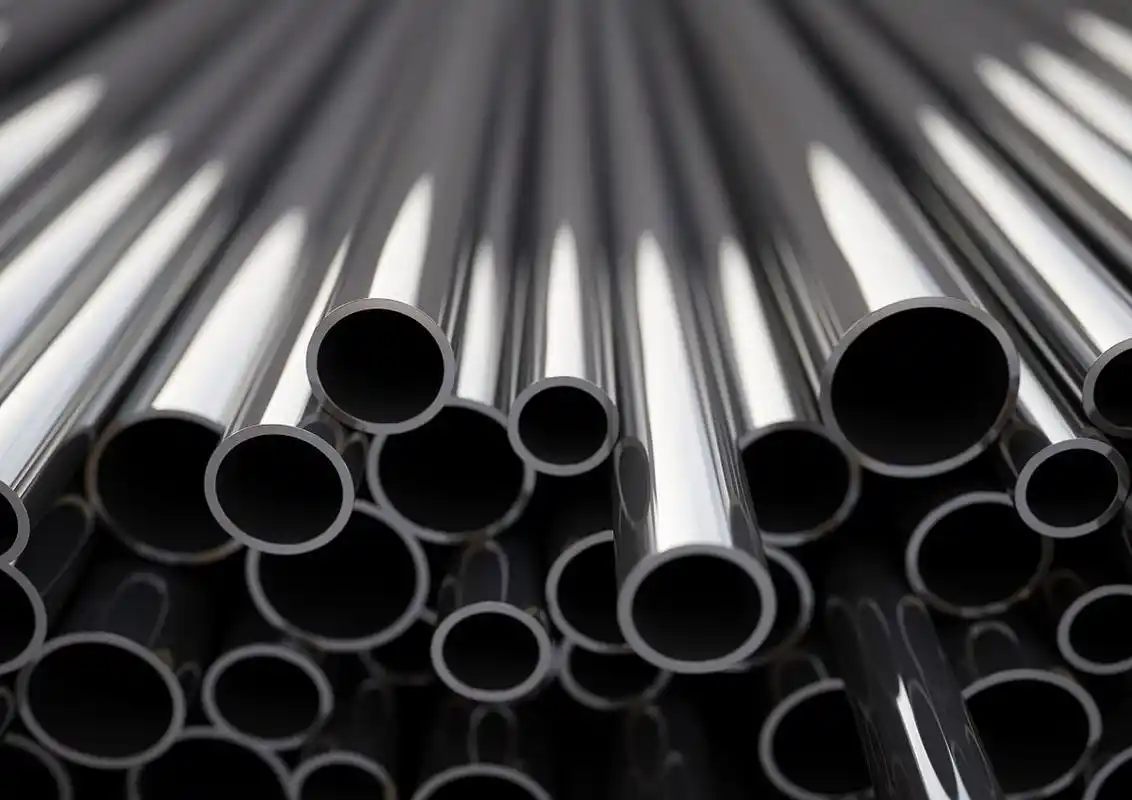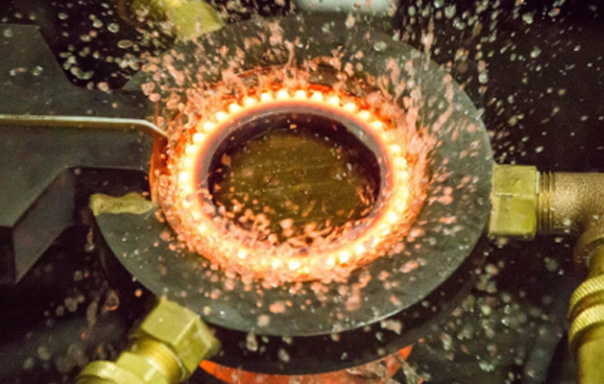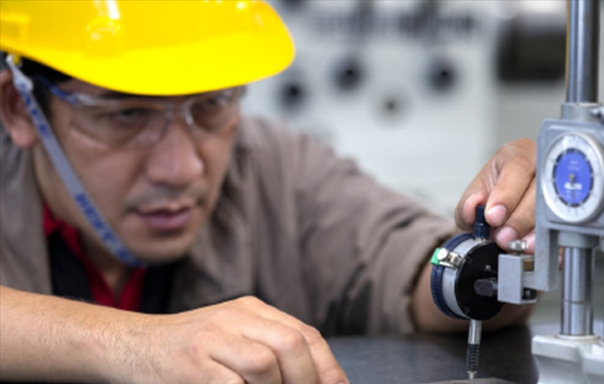Daily press, 2025-09-19, 11:07 am
The relationship and differences between stainless steel and acid-resistant steel
In industrial production and daily life, stainless steel and acid-resistant steel are often mentioned, and many people tend to confuse the two. In fact, they are not in a parallel relationship, but a subordinate relationship of inclusion—stainless steel is an important branch of acid-resistant steel, and the core differences lie in the applicable scope of corrosion resistance and the focus of alloy composition design.
I. Definition and Scope
From the perspective of conceptual scope, acid-resistant steel is a broader category, while stainless steel is the most widely used branch among them, and the two have a "superset-subset" relationship.
- Acid-resistant steel (also known as corrosion-resistant steel): Refers to steel that can maintain stable performance in various corrosive media. The corrosive media here include acidic solutions (such as sulfuric acid, nitric acid), alkaline solutions (such as sodium hydroxide), salt solutions (such as seawater), and atmospheric environments. It covers all steel grades with corrosion-resistant properties and is truly a "superset".
- Stainless steel: A "subset" of acid-resistant steel, mainly designed for mildly corrosive environments such as the atmosphere, fresh water, and daily-used liquids. Although some special stainless steel grades (e.g., 316L) can withstand a certain degree of acidic media, not all stainless steel can resist strong corrosion. Its applications are more oriented towards daily life and general industrial fields.
II. Core Differences
The essential differences between the two are reflected in the proportion of alloy components and the positioning of target corrosion-resistant scenarios, which can be clearly distinguished through the following two dimensions:
1. Core Composition
- Stainless steel: Takes chromium (Cr content ≥ 10.5%) as the base element—chromium forms a dense oxide film on the steel surface to isolate corrosion; some grades will additionally add nickel (Ni) and manganese (Mn) to improve the toughness and basic corrosion resistance of the steel, with relatively simple overall composition.
- Acid-resistant steel: Also based on chromium and nickel, but will additionally add elements such as molybdenum (Mo), copper (Cu), and titanium (Ti): molybdenum can enhance the pitting resistance of steel, copper can improve sulfuric acid corrosion resistance, and titanium can prevent intergranular corrosion at welded joints; its composition design is more complex and has stronger "targeting" for strong corrosion.
2. Corrosion Resistance Scope
- Stainless steel: Mainly applicable to mildly corrosive environments, capable of resisting atmospheric oxidation, fresh water erosion, and corrosion from daily liquids such as soy sauce and vinegar; however, it is prone to corrosion failure when exposed to high-concentration corrosive media such as strong acids and alkalis.
-
Typical grade:304,306L
- Acid-resistant steel: Covers the full range of mild and strong corrosion scenarios—it can not only cope with all environments suitable for stainless steel but also work stably under extreme corrosive conditions such as strong acids (e.g., 98% concentrated sulfuric acid), strong alkalis (e.g., concentrated sodium hydroxide solution), high-concentration salt solutions (e.g., seawater desalination systems), and industrial waste liquids.
-
Typical grade:904L,NS3102
III. Summary
In short, the relationship between the two can be summarized in one sentence: All stainless steel is acid-resistant steel, but not all acid-resistant steel is stainless steel.
Ordinary stainless steel focuses on "daily corrosion resistance", with low cost and wide applications (such as kitchenware, architectural decorations, and daily utensils); while acid-resistant steel for strong corrosion scenarios, due to the addition of more special alloy elements, has stronger corrosion resistance and more extreme applicable scenarios (such as chemical reaction kettles, marine engineering equipment), and its price is usually higher than that of ordinary stainless steel.
Therefore, in practical selection, it is necessary to first clarify the corrosion intensity of the application scenario—whether it is "daily protection" or "strong corrosion resistance", and then accurately match the appropriate steel type based on this to avoid equipment damage or safety hazards caused by incorrect selection.
Related Reading

Other News
Contact and Support

Ilin Ye
Steel Business Manager
5F, Building 7, No. 7 Youyi Road,
Baoshan District,
Shanghai, China.
Baoshan District,
Shanghai, China.
t/f: +86 (0)21 56162819
m: +86 15618590326
Further questions?

Please feel free to contact us for more information or enquiries.


